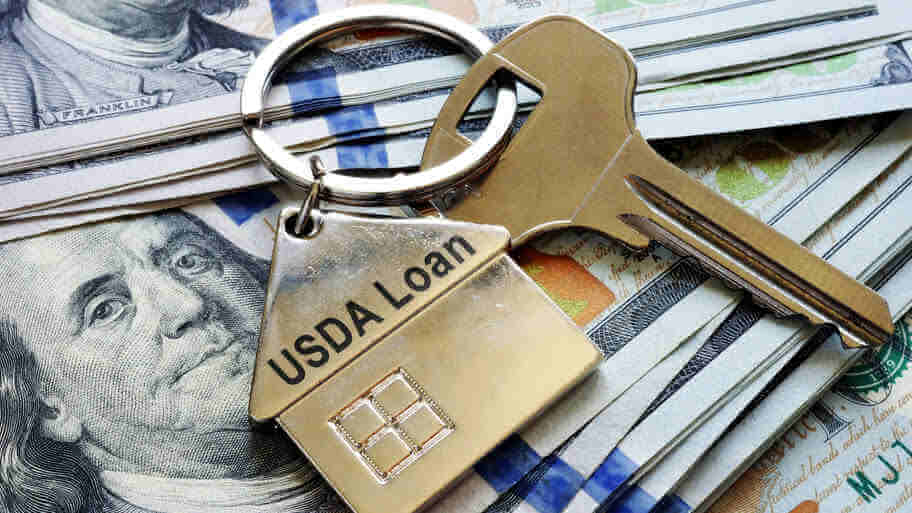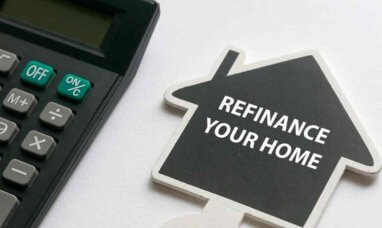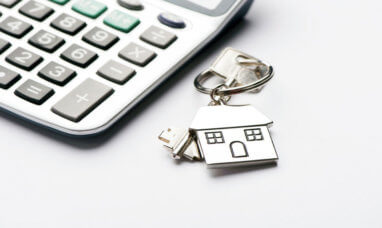How the USDA Loan Programs Work
USDA loans are a great option for people who can’t get a traditional home loan because of their income or credit score.
The USDA requires a 10% down payment on the loan amount. You also need to have a steady income and good credit history. There are also some additional requirements that depend on the type of property you’re purchasing and the location.
There are three types of USDA home programs:
Loan Guarantees
The USDA insures a mortgage provided by a local lender, just like in the case of FHA and VA-backed loans, allowing you to obtain low mortgage interest rates even in the absence of a down payment. You will, however, be required to pay a mortgage insurance charge if you put little or no money down.
Direct Loans
These mortgages, which are issued by the USDA, are for low and extremely low-income borrowers. The income cutoffs differ by region. Interest rates as low as 1% are possible with subsidies.
Home Improvement Loans
These home improvement grants and loans can help homeowners pay for things like big repairs or improvements that they would otherwise need to save for. They might be able to provide up to $27,500 in assistance at once. This can be helpful if there’s a large project you need done, that you otherwise don’t have the funds for.
Qualifying for a USDA-Backed Mortgage Guarantee
You have to meet certain eligibility standards for a USDA loan, just like any other mortgage. You should qualify for a USDA loan if you check the following boxes and are buying the right kind of property:
-
-
- You are a US citizen or a Green Card holder.
- Proven creditworthiness (a minimum credit score of 640 is typically required).
- The property is in an eligible area.
- The property would serve as your primary place of abode.
- You meet the minimum income requirements.
- You can show proof of on-time rent or vehicle loan payments.
-
The USDA loan program is designed for borrowers with low to moderate incomes. As a result, applicants cannot earn more than a set amount, which varies by metro region and family size. The income ceiling is higher in more expensive places. It is best to do your own research into your area, to make sure whether you are eligible or not.
In most eligible counties, the annual income ceiling for a one- to four-person household is $90,300, and for five to eight-member households is $119,200. The USDA establishes yearly limitations that are at or below 115 percent of the typical household income in each region.
How USDA-Issued Home Loans Work
The USDA goes a step further in assisting prospective homeowners by issuing mortgages only to those regarded to be in the greatest need. This refers to a person or family who:
-
-
- Doesn’t have access to safe and sanitary housing.
- Cannot apply for a home loan from traditional lenders.
- Has an adjusted income that is equal to or less than the low-income level for the area in which they live.
-
The USDA often issues direct loans for residences of 2,000 square feet or less with a market value less than the local loan limit. Again, this depends on the region you live in. Home loans can range from $500,000 or more in expensive real estate areas like California and Hawaii to just over $100,000 in rural America.
What Are the USDA Loan Underwriting Guidelines?
After you’ve submitted an offer and been approved, you’ll begin the underwriting process. USDA loans take more time to underwrite (typically up to 30 days longer), so discuss the expected timeline with your loan officer.
The USDA will review your application either manually or automatically, taking into account your income, credit score, debt history, and other variables. If your credit score is less than 640, it will be examined manually, which may take longer but is not disqualified.
Once the USDA has accepted you, you’ll be able to start the closing process, where you’ll sign the paperwork, pay your closing expenses, and receive the keys to your new house.
Is Your Home Eligible?
A property must meet the following criteria in order to be eligible for the USDA loan program:
-
-
- Located in a rural area, which is generally described as a region outside of a major city with a population of under 35,000 people.
- Structurally sound and fully operational, including essential systems such as plumbing and electricity.
- With a size under 2,000 square feet.
-
Although metropolitan regions are often excluded from USDA programs, there may be some opportunities in suburbia. Rural areas are always eligible.
Frequently Asked Questions
Can I Get a USDA Loan with a 590 Credit Score?
For an automated approval, the minimal credit score for a USDA loan is currently 640. With a 590 credit score, your application for a USDA loan may still be approved, but it will need manual approval by an underwriter.
Is it Possible to Get a USDA Loan as an Unmarried Couple?
Yes, unmarried couples can apply for a USDA loan.
Can you Have a Cosigner for a USDA Loan?
The USDA home loan program allows for a cosigner. The cosigner(s) will not compensate for the applicant’s low credit but will help the applicant improve their debt-to-income ratio.
Can I Buy a Foreclosed Home with a USDA Loan?
A USDA loan can be used to purchase a foreclosed home as long as it is located in a qualifying rural location.
Because USDA loans do not demand a down payment, they are a good option for foreclosures. It’s not uncommon to come across foreclosed properties in need of some repairs, and the money saved by not having a down payment can help fund necessary upgrades.
Source Image: Megapixl








